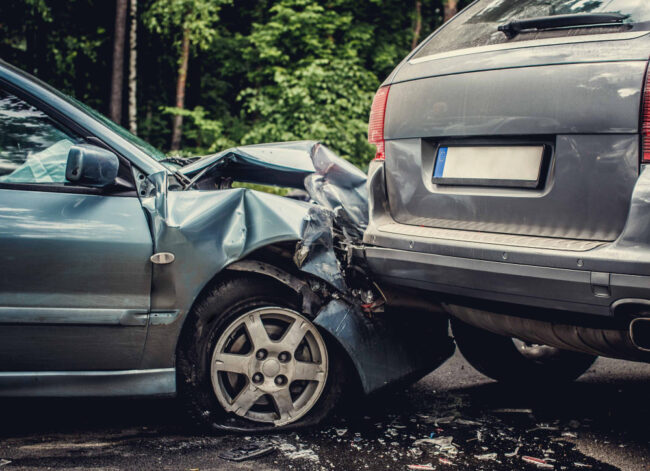Brain injuries are among the most severe injuries a person can suffer, often leading to long-term medical complications and substantial financial burdens. In Nevada, the laws surrounding comparative fault play a critical role in determining compensation for these injuries. Understanding these laws is crucial for anyone involved in a brain injury case.
Contents
What are Comparative Fault Laws?
Comparative fault laws, also known as comparative negligence laws, come into play when multiple parties share responsibility for an injury. These laws determine how fault is allocated and how it affects the compensation that the injured party can receive. In Nevada, the personal injury legal system follows a modified comparative fault rule.
Nevada’s Modified Comparative Fault Rule
Nevada employs a modified comparative fault rule with a 50% bar. This means that an injured party can recover damages only if they are found to be less than 50% at fault for the accident. If an injured party is found to be 50% or more responsible, they are barred from recovering any compensation.
If the injured party is found to be less than 50% at fault, their compensation will be reduced by their percentage of fault. For example, if an individual’s total damages amount to $100,000, but they are found to be 30% at fault for the incident, their compensation will be reduced by 30%, leaving them with $70,000.
Impact on Brain Injury Cases
According to the Las Vegas brain injury attorneys at Harris & Harris Injury Lawyers, there are multiple factors that can impact your injury case:
Determining Fault
In brain injury cases, determining fault can be particularly complex. Such cases often involve detailed investigations into the circumstances surrounding the incident, which could include car accidents, workplace injuries, medical malpractice, or slip and falls. Fault determination is crucial because it directly impacts the amount of compensation the injured party can receive.
Gathering Evidence
Given the high stakes in brain injury cases, gathering thorough evidence is essential. This includes:
- Accident Reports: Official documentation of the incident can provide crucial details about how the injury occurred and who may be at fault.
- Medical Records: Detailed records of the injuries and treatment can help establish a connection between the accident and the brain injury.
- Expert Testimony: Experts in neurology, accident reconstruction, and other fields can provide critical insights that support the injured party’s case.
Insurance Company Strategies
Insurance companies often leverage comparative fault rules to minimize their financial liability. They may attempt to attribute a higher percentage of fault to the injured party to reduce the payout. This underscores the importance of having skilled legal representation to counter such strategies and ensure a fair allocation of fault.
Understanding Nevada’s comparative fault laws is essential for anyone involved in a brain injury case. These laws determine how fault is shared and how it impacts the compensation you can receive. With Nevada’s modified comparative fault rule, being aware of your percentage of fault can significantly affect your case’s outcome. Navigating these complexities requires careful fault determination, thorough evidence gathering, and strategic legal representation.




